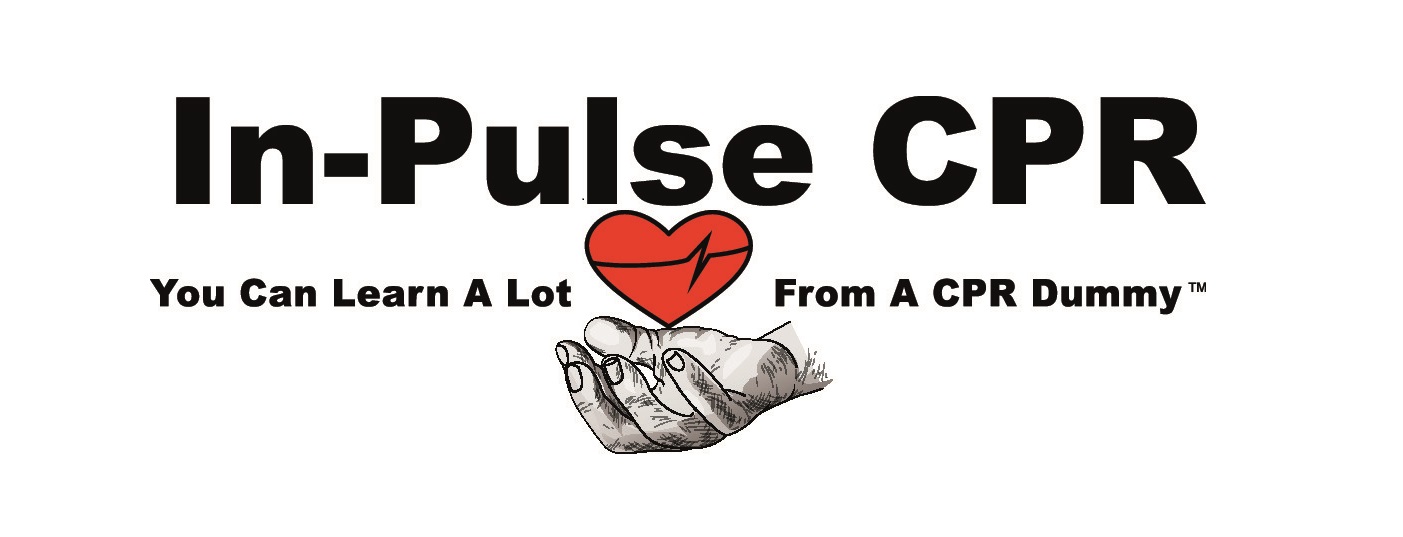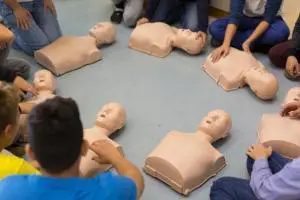“The Heart suddenly stopped!” What parents need to know.
Everybody knows, when the heart stops beating, life ends. Sure?
What if you were a bystander and knew how to give CPR (cardio-pulmonary resuscitation)? Or, what if your own child suddenly went into sudden cardiac arrest? Daunting to think about it? You might think this is a rare event. Every year, approximately eight children out of 100,000 people suffer from sudden cardiac arrest. Unfortunately, the rate for babies is nine times higher with 72 per 100,000. For a city like Philadelphia with a population of 1.568 million, that would mean over 1,100 babies per year. Perhaps not so rare?
The American Academy of Pediatrics released a policy statement in June 2018 which encourages CPR training and AED (Automated External Defibrillator) installations during National Emergency Medical Services Week. The statement reminds us that each year, nearly 350,000 adults and over 7,000 children experience out-of-hospital cardiac arrest. Survival in children remains as low as 6.4%. Many survivors have poor neurologic outcomes. The most common causes for sudden cardiac arrest in babies are sudden unexpected infant death and congenital anomalies. The most common cause in children is drowning.
Do you need to learn CPR and learn how to use an AED?
A study from Sweden demonstrated that those who received CPR had a 30-day survival of 10.5% versus only 4.0% when CPR was not performed. Consider this, it takes at the most a couple of hours to learn CPR and might cost you $50 to $100. You might even have it paid for you by your employer, or a local community group or local hospital.
In-Pulse CPR has many training centers in the Philadelphia area (Harrisburg, York, Lancaster, Reading, King of Prussia, West Chester, Allentown, Pottstown, Philadelphia). There are even online courses or instructional DVDs available but keep in mind that high-quality chest compressions are needed to restore blood flow during cardiac arrest. You need a real-life instructor and a mannequin to get a feel for the right strength of chest compression and the right technique to apply breathing after every 15 or 30 chest compressions.
Regular CPR training gives you the confidence and knowledge to save a life!
To experience sudden cardiac arrest as a bystander is a life-changing event. The amount of knowledge that is needed to effectively help in a life threating situation is surprisingly small. Don’t just be the bystander, be the life saver! Your child, your neighbor, your fellow citizen will thank you for the rest of their lives!
References
Fuchs SM and AAP COMMITTEE ON PEDIATRIC EMERGENCY MEDICINE. Advocating for Life Support Training of Children, Parents, Caregivers, School Personnel, and the Public. Pediatrics. 2018;141(6): e20180705
Hasselqvist-Ax I, Riva G, Herlitz J, et al. Early cardiopulmonary resuscitation in out-of-hospital cardiac arrest.
N Engl J Med. 2015;372(24):2307–2315




